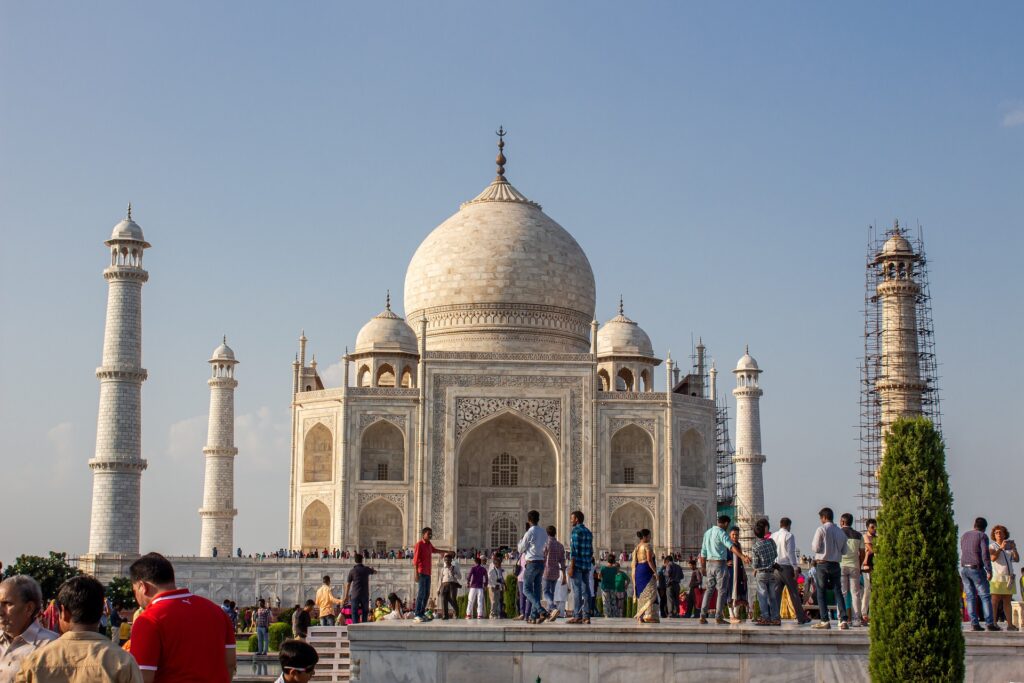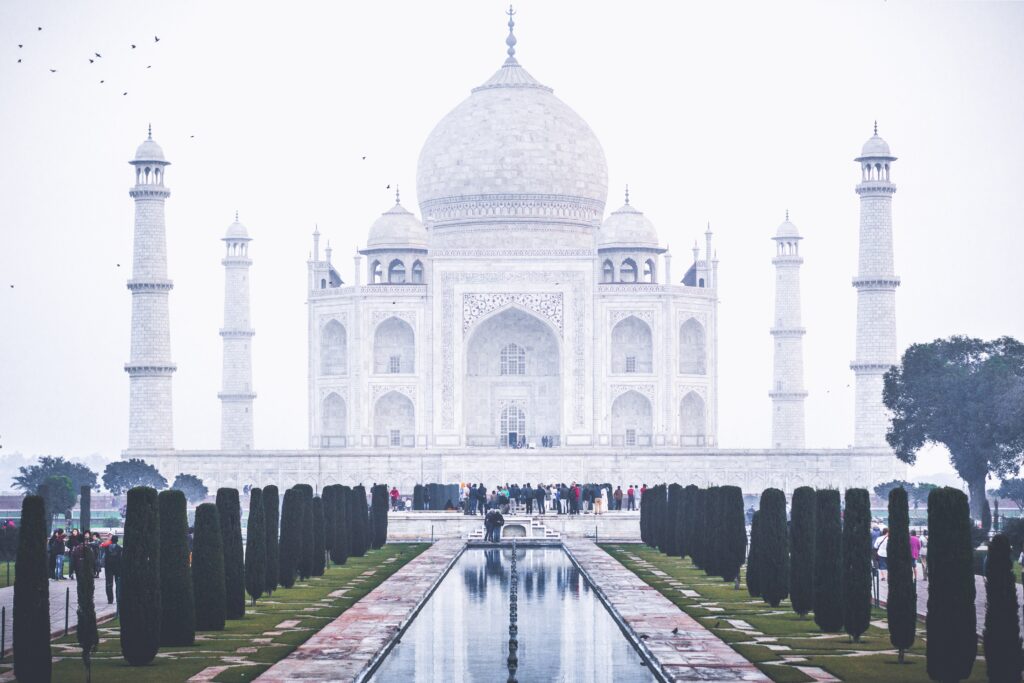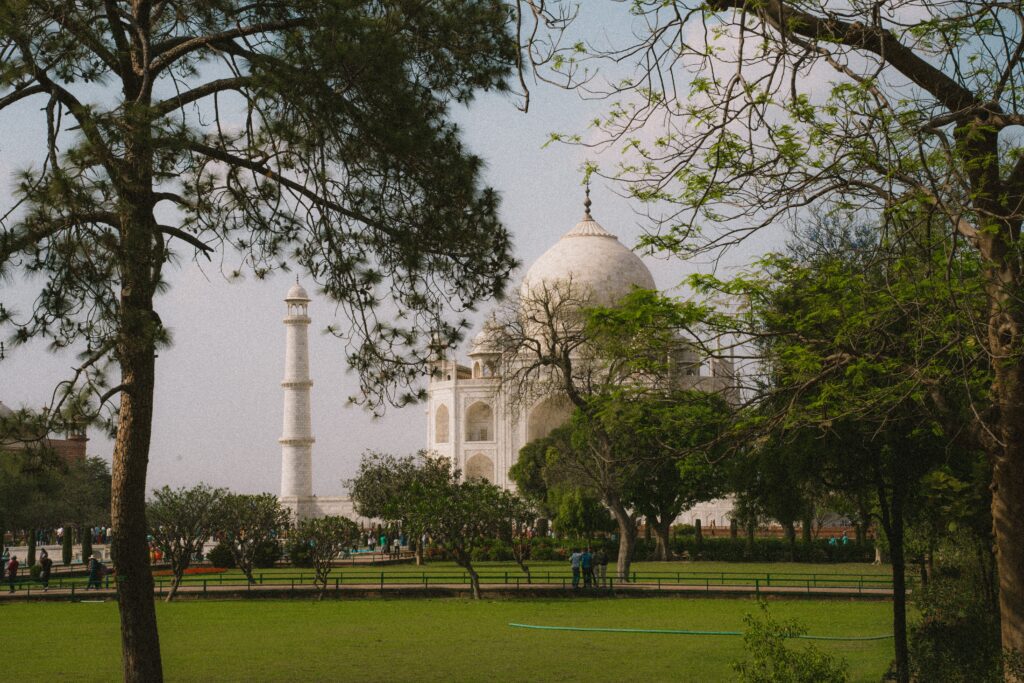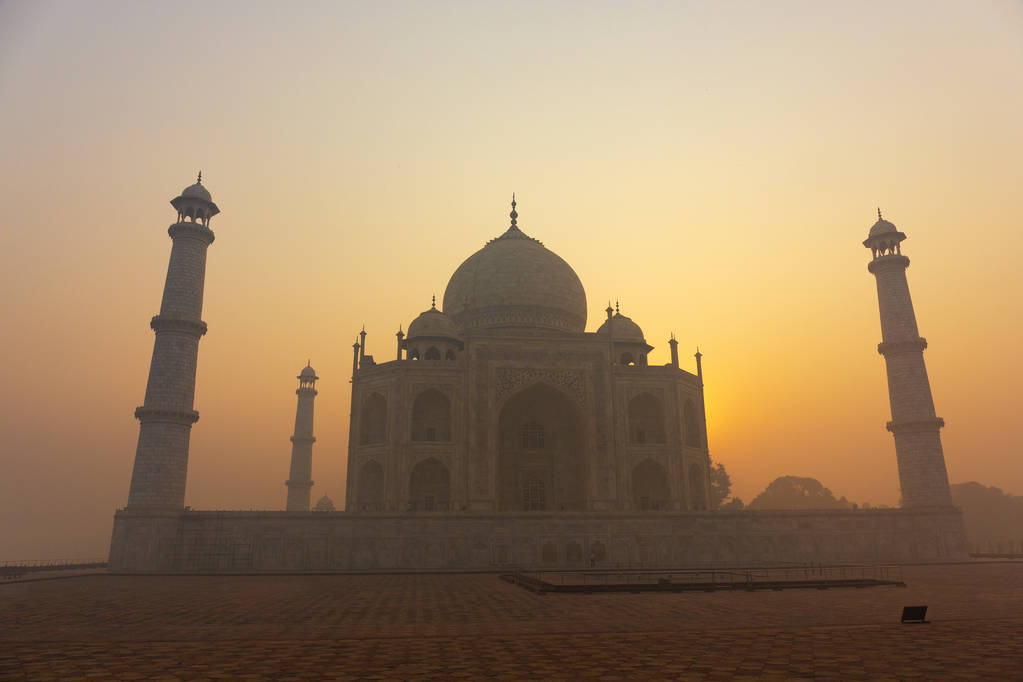Introduction
The Taj Mahal in Agra, India, is not only one of the most recognizable landmarks in the world but also a testament to the beauty and grandeur of Mughal architecture. Built by Emperor Shah Jahan in the 17th century as a mausoleum for his beloved wife Mumtaz Mahal, the Taj Mahal is now a UNESCO World Heritage Site and attracts millions of visitors each year. From its awe-inspiring architecture to its fascinating history and serene surroundings, a visit to the Taj Mahal is a truly unforgettable experience.

Architectural Marvel

The Taj Mahal is renowned for its mesmerizing architecture, combining Persian, Islamic, and Indian influences to create a masterpiece of symmetry and elegance. The main structure is made entirely of white marble, with intricate carvings and inlaid semi-precious stones that depict floral patterns and calligraphy from the Quran. The symmetrical design of the Taj Mahal, with its four minarets at each corner and a grand central dome, is a testament to the skill and precision of the architects and craftsmen involved in its construction. Whether viewed from a distance or admired up close, the Taj Mahal is a visual marvel that continues to captivate visitors from around the globe.
Fascinating History
The history behind the construction of the Taj Mahal adds to its allure and mystique. Emperor Shah Jahan commissioned the mausoleum in 1632 as a tribute to his beloved wife, Mumtaz Mahal, who passed away while giving birth to their 14th child. The construction of the Taj Mahal took over 20 years and employed thousands of artisans, laborers, and craftsmen from various parts of the Mughal Empire. The story of Shah Jahan’s undying love for his wife is beautifully reflected in the meticulous details and sheer grandeur of this architectural masterpiece. Today, the Taj Mahal stands as a symbol of eternal love and has become an enduring icon of India.
More: Read about The Serene Hill Station of Shillong in Meghalaya
Magnificent Surroundings

The Taj Mahal is situated on the banks of the Yamuna River, surrounded by lush gardens and picturesque landscapes. The Charbagh garden, a classic Persian design, features perfectly manicured lawns divided into four sections by walkways and water channels. The strategic placement of trees and flowers creates a breathtaking visual tableau, providing a serene and tranquil backdrop to the Taj Mahal. The gardens offer excellent viewpoints to admire and photograph the mausoleum from various angles, further enhancing the overall experience of visiting this majestic monument.
More: Wanted to download Odishashop, visit here
Sunrise and Sunset Views

Visiting the Taj Mahal during sunrise or sunset is a truly enchanting experience. As the first rays of dawn or the soft hues of sunset cast their warm glow on the white marble structure, the Taj Mahal takes on a whole new level of beauty. The ethereal play of light and shadow accentuates the intricate details of the carvings and brings the structure to life. Witnessing this stunning transformation, as the Taj Mahal seems to change colors under different lighting conditions, is an experience that simply cannot be missed. Whether you are an avid photographer or simply looking to embrace the romantic ambiance, sunrise or sunset is the ideal time to visit the Taj Mahal.
Preservation Efforts

The Taj Mahal’s enduring beauty is a result of continuous efforts to preserve and protect this architectural wonder. Various restoration and conservation projects have been undertaken over the years to ensure the longevity of this heritage site. Measures have been implemented to control pollution in the surrounding area, which can adversely affect the marble structure. Visitors are required to follow a strict code of conduct, including wearing shoe covers to protect the marble floors and not touching or leaning on the walls. These preservation efforts aim to maintain the Taj Mahal’s pristine condition and allow future generations to appreciate its splendor.
Conclusion
A visit to the Taj Mahal is a journey through history, art, and love. Its architectural marvels, fascinating history, magnificent surroundings, and breathtaking views during sunrise and sunset make it a must-visit destination for travelers from around the world. As you stand in front of this iconic monument, you can feel the lasting legacy of Emperor Shah Jahan’s love for his wife. The Taj Mahal’s timeless beauty continues to inspire awe and captivate the hearts of all who visit, making it a truly unforgettable experience.
FAQ For The Iconic Taj Mahal in Agra
What is the Taj Mahal?
The Taj Mahal is a white marble mausoleum located in Agra, India. It was built in the 17th century by the Mughal emperor Shah Jahan as a monument for his wife Mumtaz Mahal.
Is the Taj Mahal in Agra open to visitors?
Yes, the Taj Mahal is open for visitors every day, except Fridays. The timings are from sunrise to sunset. It is advisable to check the official website or contact local authorities for the most updated information before planning your visit.
Are there any entry fees?
Yes, there are entry fees for visiting the Taj Mahal. The fees vary for Indian and foreign tourists. There is also an additional fee for entering the main mausoleum. It is recommended to check the official website for the current entry fee details.
Can we hire a guide at the Taj Mahal in Agra ?
Yes, hiring a guide is highly recommended. Guides are available at the entrance of the Taj Mahal and can provide detailed information about its history, architecture, and significance. They can enhance your visit by sharing interesting facts and stories about the monument.
Are there any nearby attractions in Taj Mahal in Agra ?
Yes, Agra has several other attractions worth visiting. The Agra Fort, which is also a UNESCO World Heritage site, is located nearby. You can also explore other Mughal-era structures like Fatehpur Sikri and Itmad-ud-Daulah’s Tomb. The local markets in Agra are known for their handicrafts and traditional artwork.

